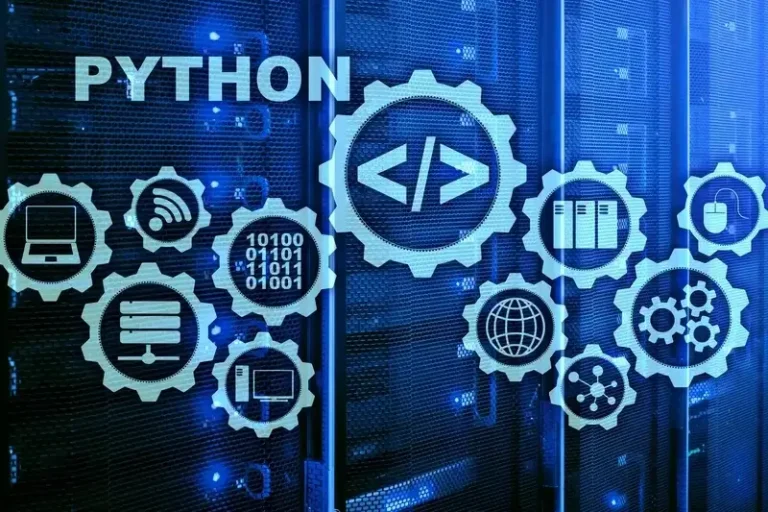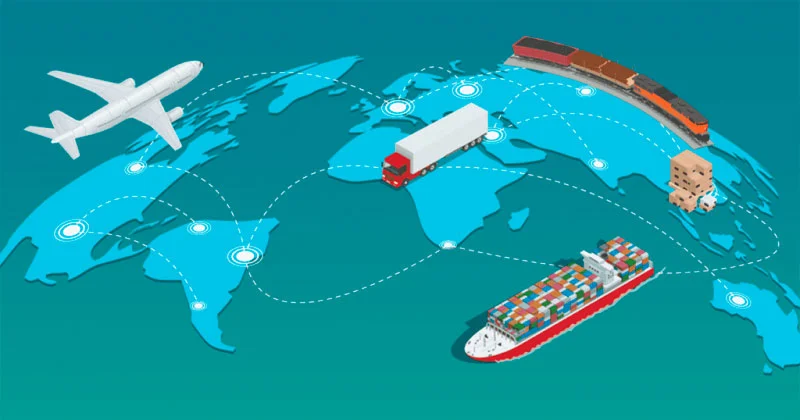In a continuous delivery pipeline, builders create their code, it passes automated exams, and is then mechanically integrated with a repository like a container registry or a binary repository. The operations teams can then deploy the code to the reside manufacturing setting at the push of a button. Continuous integration is a coding philosophy and set of practices that drive growth continuous delivery maturity model teams to frequently implement small code modifications and examine them in to a version control repository. Most fashionable functions require growing code utilizing quite lots of platforms and tools, so groups need a constant mechanism to combine and validate modifications. Continuous integration establishes an automated method to build, package deal, and take a look at their purposes.
Continuous Integration Vs Continuous Delivery Vs Continuous Deployment
Continuous supply (CD) is an utility development practice that includes mechanically preparing code modifications for release to a manufacturing environment. Combined with continuous integration (CI), continuous delivery is a key side of modern software growth. Because steady supply is a logical next step within the software growth pipeline after continuous integration, it is smart to first have a CI process in place. Once software groups have automated the testing course of, they will also automate the release process, followed by fast deployment. Application launch automation (or software launch orchestration) is crucial when automating all the actions necessary to drive continuous deployment. Orchestration tools join processes to guarantee that developers comply with all essential steps before pushing new changes to production.
What Position Do Automated Checks Play In Continuous Delivery?

This tutorial walks you thru creating, securing and deploying a web software throughout a number of regions by using a steady delivery pipeline. With CI, everybody merges their code changes into a repository no less than as soon as per day. As updates occur, automated build tests run to ensure that any adjustments remain suitable with the primary department.
Configuration Management: Everything You Should Know
This system and integration level testing is usually accomplished by a separate division that conducts long and cumbersome check intervals after growth “code freeze”. Build and deployment is after all core to Continuous Delivery and this is where a lot of instruments and automation come into the pipeline; that is what’s most is usually perceived when Continuous Delivery is discussed. At first glance a typical mature supply pipeline could be very overwhelming; depending on how mature the present build and deployment process is within the organization, the delivery pipeline could be roughly complex. In this category we are going to describe a logical maturity development to give construction and understanding to the different components and ranges it contains.

While there is not a single commonplace for CDMM, most models proposed in the industry consist of five levels, with Level 1 being the lowest degree of maturity and Level 5 being the highest. Each level represents a set of capabilities that a company should have so as to achieve that level of maturity. Misconfiguration could expose sensitive information and create an entry point for malicious actors.
Also, groups want automation to deploy options so that they can remove the need for time-consuming handbook deployment. Automated testing frameworks assist quality assurance engineers define, execute, and automate numerous kinds of tests that can help development teams know whether or not a software build passes or fails. They include functionality exams developed at the finish of each dash and aggregated into a regression check for the complete software.
In order for automation of deployment processes to work, all the developers working on a project want an environment friendly way of speaking the modifications that happen. Check out this video by which Eric Minick with IBM Cloud explains the difference between continuous deployment and steady supply. Eventually, manual approval delivers little or no worth and merely slows things down. At that point, it’s done away with and continuous delivery becomes steady deployment. Continuous deployment provides several advantages for enterprises seeking to scale their purposes and IT portfolio. Above all, it accelerates time to market by eliminating the lag between coding and customer value—typically days, weeks or even months.
In short, CI is a set of practices performed as developers are writing code, and CD is a set of practices carried out after the code is completed. The objective of the maturity mannequin is to focus on these five essential categories, and to provide you an understanding of how mature your company is. Your assessment will present you with a great base when planning the implementation of Continuous Delivery and assist you to establish preliminary actions that provides you with the most effective and quickest impact out of your efforts. The model will point out which practices are important, which ought to be thought-about advanced or skilled and what’s required to move from one stage to the following. Continuous supply provides a corporation with a fast-paced improvement setting. Even in a CD-averse surroundings, teams can take pleasure in the advantages of easy deployment and maintaining the system in a deployable state.
This signifies that each time a build is triggered, a collection of automated exams must be run to verify that the appliance still features accurately. A more subtle continuous delivery pipeline might need extra steps similar to synchronizing knowledge, archiving information sources, or patching functions and libraries. A finest practice is to enable and require developers to run all or a subset of regression tests of their native environments. This step ensures developers solely commit code to version control after code adjustments have handed regression tests. Continuous deployment is a method in software program improvement where code changes to an software are released routinely into the manufacturing environment.

Automated exams (unit, regression, performance, and so on.) are run for each check-in to make sure high-quality code. Once the code is verified, the executables are deployed mechanically to an intermediate surroundings such as staging, integration, or UAT. At this level, the code is ready to enter production and may be pushed stay on demand.
Specifically, continuous delivery is the automated motion of code by way of the event lifecycle, typically called the delivery lifecycle. Continuous deployment is the automated movement of that code into production, once it passes the required automated tests. CDE, an integral facet of DevOps, aims to minimize the friction points which are inherent in software deployment or launch processes. By automating each of the steps for construct deployments, it ensures safe code release. When combined with CI and CD, it improves collaboration between various teams and allows the supply of high-quality software program for continued success. With steady supply, any commit that passes the automated exams is doubtlessly a legitimate candidate for release.
Finally, invest in statement and monitoring tools, since an outage in one part of the pipeline may trigger the whole course of to interrupt down. Building automated alerts and redundancies will make positive that downtime for one testing device, for instance, doesn’t disrupt deliveries to the client. Remarkably, namespaces prolong to event-triggering so you’ll have the ability to deploy even complex sequences of flows to run in parallel, reacting to exterior occasions in actual time. The deployments operate in the identical manufacturing environment, doubtlessly consuming the same reside data, but they are safely isolated from the main production branch, just like, say, Vercel’s branched deployments. Andreas Rehn is an Enterprise Architect and a robust advocate for Continuous Delivery, DevOps, Agile and Lean methods in techniques development. A typical organization could have, at base stage, began to prioritize work in backlogs, have some course of outlined which is rudimentarily documented and builders are working towards frequent commits into version management.
- Continuous Integration (CI) is an important follow in trendy software development that focuses on integrating code changes from a number of developers right into a shared repository as regularly as potential.
- Feature flagging instruments similar to CloudBees, Optimizely Rollouts, and LaunchDarkly combine with CI/CD tools to assist feature-level configurations.
- Some instruments specifically handle the mixing (CI) facet, some manage growth and deployment (CD), whereas others focus on continuous testing or associated functions.
- Continuous delivery emphasizes automation that minimizes the handbook effort required to deploy code modifications.
- Whereas CI offers with the build and initial code test a part of the event cycle for every release, CD focuses on what happens after committed adjustments are constructed.
However, in case your use cases are business or security-critical, the setup could additionally be missing, as experiments, checks, and production executions exist in the identical environment with the same set of permissions. In particular, for knowledge governance causes you may must restrict entry to manufacturing knowledge solely to production techniques and let experiments access only test information. For small teams with a handful of initiatives it might be a superbly sufficient setup. The stages 1-4 be certain that builders are capable of develop and test their projects, even at scale, and collaborate successfully.
Transform Your Business With AI Software Development Solutions https://www.globalcloudteam.com/ — be successful, be the first!
